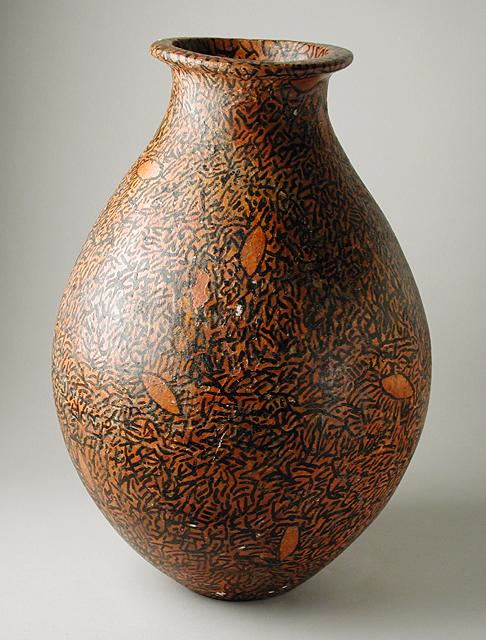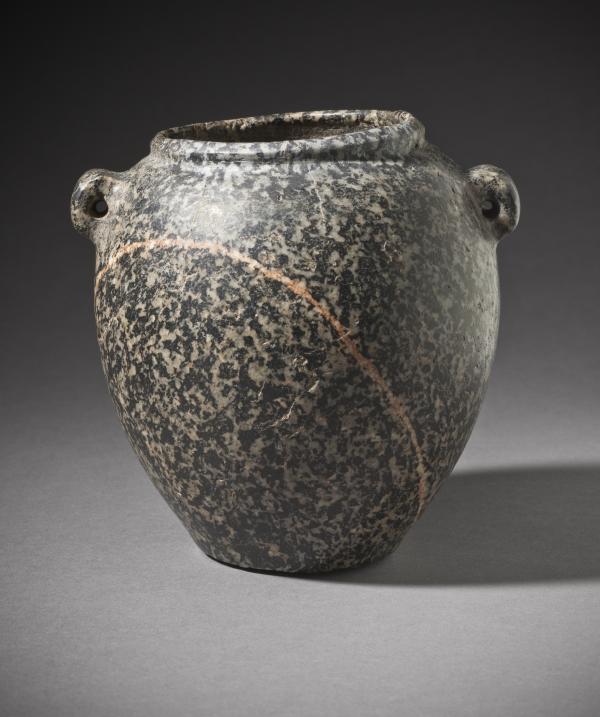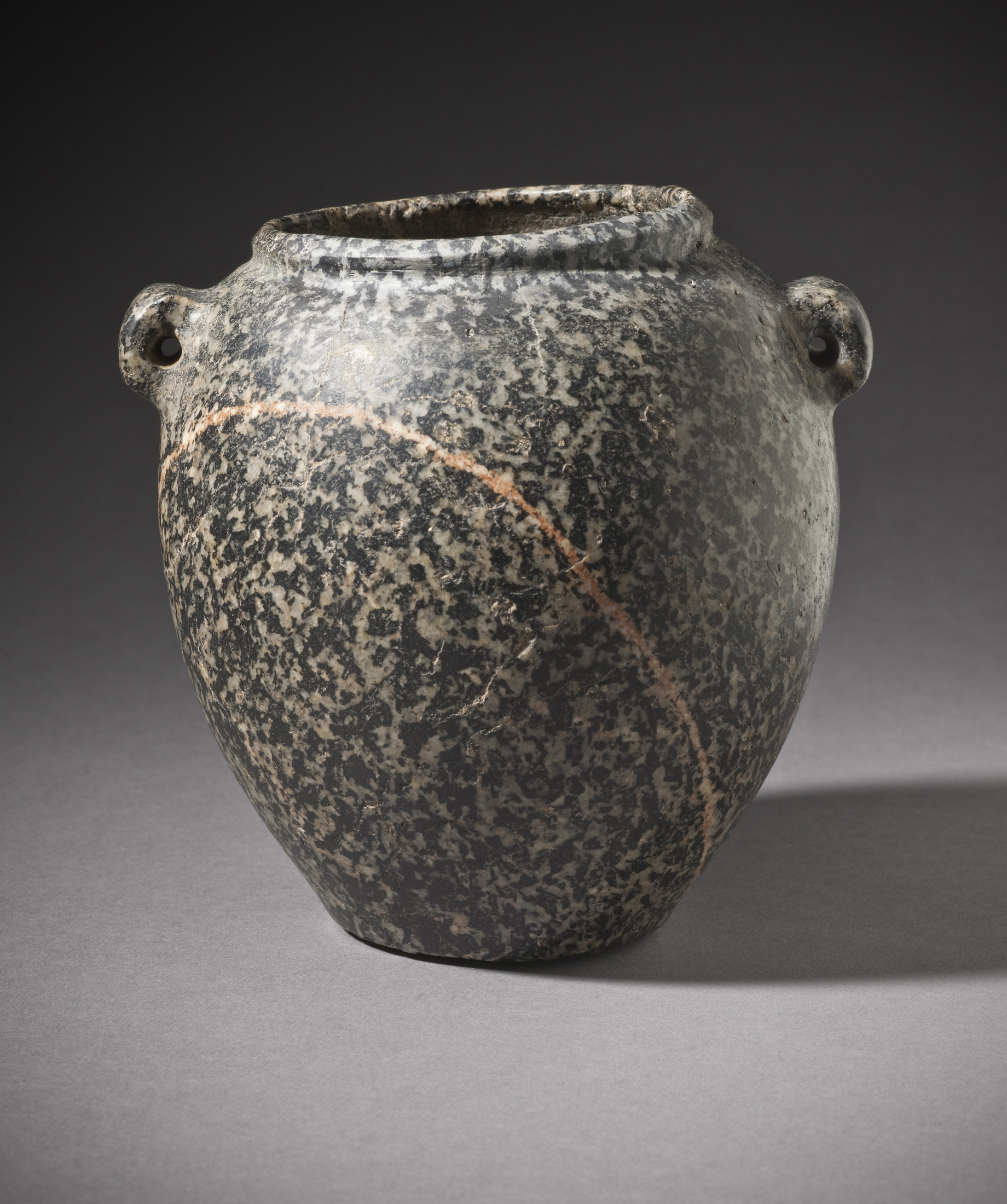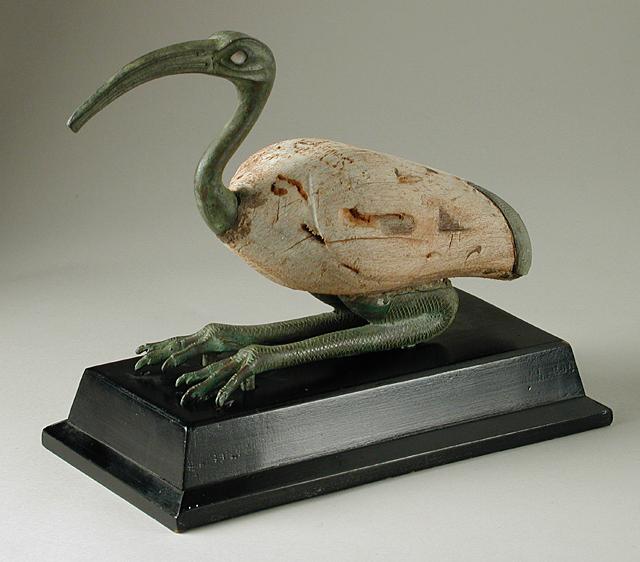LACMA’s displays for art from the ancient world (including Egypt, Greece and Rome, and the Near East) have just been reinstalled in newly refurbished galleries in the Hammer Building. As the curator of the Egyptian portion of the new installation, I’m excited to display some works that have not been on view for many years, including two colorful mummiform coffin lids, a diorite blocky squatting statue from the 26th dynasty, wooden tomb models of figures performing household duties, and burial implements including an embalming hook, a heart scarab and a two-finger amulet. Four 1850s to 1870s era photographs of Egypt by photographers Francis Frith and Antonio Beato drawn from LACMA’s Vernon Collection also add a new dimension to the gallery.
The Egyptian portion of the new gallery installation has been organized to address several specific themes: tomb, temple, animals, and royal images; it includes a number of works reflecting the surprising ingenuity of the ancient Egyptians. Three of my favorite works revealing this characteristic have not been seen before in LACMA’s galleries. All three objects seem to evidence the intentions of the artist, an aspect that helps to bridge the very wide span of time between their creation and the present.
The artist who created this elegant vase carefully incorporated a sweeping red vein of stone into the design, positioning the colorful band to form a bold swoop across the body of this vessel.
Here a combination of materials—weathered wood for the feathered body and patinated bronze for the elongated beak and head as well as the feet—creates a lifelike image of an Egyptian Sacred Ibis (Threskiornis aethiopicus).

Vase, Egypt, New Kingdom (1550–1070 BCE), Shinji Shumeikai Acquisition Fund
The artist decorating this ceramic vessel created an amusing pattern of faux-stone, imitating the coloration and bold occlusions typical of breccia, a more enduring, and presumably eternal material.
Nancy Thomas, Curator, Egyptian Art, and Deputy Director, Art Administration and Collections





